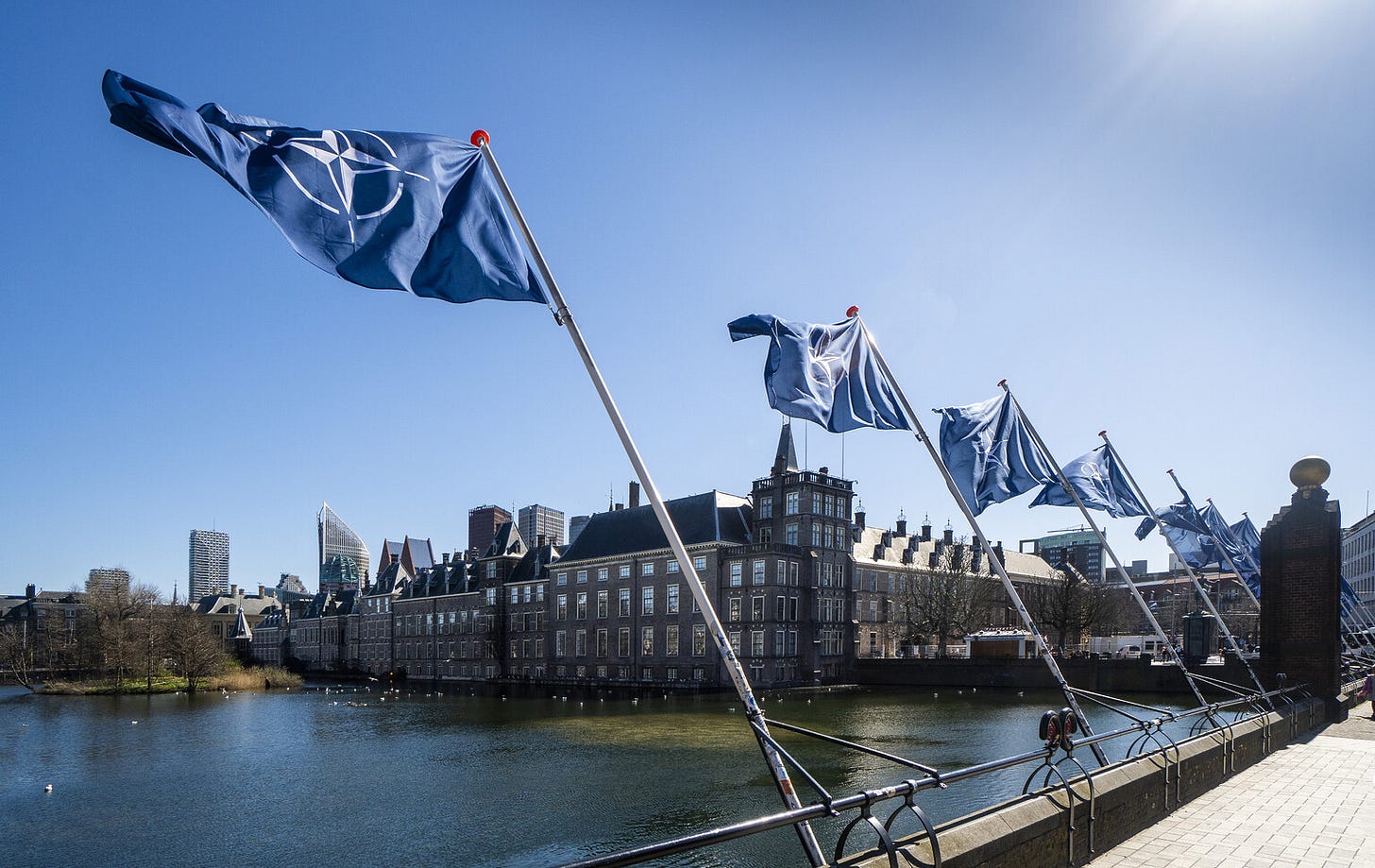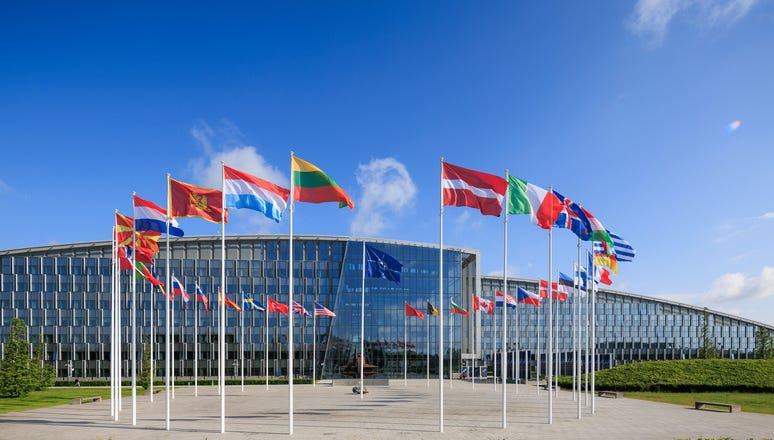The NATO leaders summit in The Hague concluded its two-day meeting on Wednesday, June 25, 2025. This meeting marked the first for NATO Secretary General Mark Rutte as the political leader of NATO and proceeded largely as planned, with no significant surprises. This year, Secretary Rutte shortened the traditional three-day meeting to two days, focusing on a narrow agenda. While there were ancillary topics discussed, the primary emphasis was on adopting new NATO spending targets, as insisted upon by U.S. President Donald Trump and supported by Secretary Rutte. The meeting was portrayed as a success and a demonstration of NATO's unity in defending Europe, although one could argue this success is relative, in the most tepid sense of the term.
See original article: Spanish Fly
NATO, as anticipated, has agreed to raise its members' GDP defense requirement from the current 2%, a target adopted in 2014 following Russia's takeover of Crimea and its support for a rebellion by Russian-speaking individuals in eastern Ukraine against the government in Kyiv. As noted in several previous articles on this topic, this 2% GDP target has largely been disregarded by member countries, with the exceptions of the U.S., the United Kingdom, and Greece. Despite the ongoing largest land war in Europe since World War II entering its third year, only 23 of the 32 NATO nations are projected to increase their defense spending to 2% of GDP by 2024.
This organization, which has not met the 2% GDP target, has, under pressure from President Donald Trump, agreed to increase defense spending from 2% to 5%. Of this, 3.5% will be allocated to hard defense spending, while the remaining 1.5% will fund defense-related expenditures, including dual-use infrastructure, defense production capacity, and cybersecurity, among others. Each country will have 10 years to adjust their budgets to meet these new levels, with periodic evaluations to assess progress and make necessary adjustments to the targets.
Secretary Rutte managed to secure a consensus among all nations regarding the new target, to some extent. As anticipated, Spanish Prime Minister Pedro Sanchez announced before the leadership meeting that Spain would not agree to raise its defense spending targets. Spain has consistently ranked low in defense spending within NATO and has recently committed to increasing it to 2.1% by 2025. Mr. Sanchez asserted that Spain could meet its military requirements without increasing its defense budget. Consequently, Spain was granted a special exemption, allowing it to avoid increasing its defense spending to meet the new goal, and in return, it refrained from using its veto. Exercising the veto could have ruined the meeting before it started. Faced with this scenario, Secretary Rutte conceded to Spain's demands and effectively "paid the ransom" to keep the meeting on track.
The meeting did not turn out to be as successful as it seems. Spain argued that it can meet both its national military commitments and its NATO obligations without exceeding the agreed spending limit of 2.1% it reached with NATO. However, this claim appears dubious, and most NATO leaders are aware of this. Similar to the 2% GDP target established in 2014, this new target lacks binding requirements. Mr. Sanchez and Spain faced criticism for challenging the consensus and did not merely issue a public statement to endorse the new targets.
Since Spain did not agree to the target without repercussions, it is likely that other countries have only publicly affirmed the goal but do not intend to meet the new spending requirement. For instance, Slovakian Prime Minister Robert Fico has openly questioned the necessity of such aggressive defense spending targets. Nevertheless, he largely went along with the agreement despite his public opposition. Given that the agreement extends until 2035, with a review not scheduled until 2030, many leaders who signed on will likely avoid facing the political costs associated with compliance—such as the trade-offs between defense spending and social programs, potential tax increases, or accruing more debt as most will be out of office prior to the deadlines. As a result, they have simply deferred the issue.
The 2030 check-in should not be overlooked, as President Trump will be out of office by January 2029, and Mark Rutte’s first term will conclude in October 2028. Therefore, the 2030 check-in could potentially lead to changes in requirements. With President Trump and possibly his ally Mark Rutte both no longer in power, NATO member states might revert to the status quo. The new spending schedule could merely be a tactic to wait out the current U.S. administration.
This evaluation may come across as highly cynical, and indeed it is; however, NATO member countries have not earned the benefit of the doubt due to their actions, or lack thereof, since 2014 when NATO had a more lenient spending target. Russia now appears to pose a significantly greater threat to Europe than it did in 2014, so perhaps NATO members will feel more compelled to uphold their spending commitments. Nevertheless, as previously mentioned, three years into the largest land war in Europe since World War II was insufficient to motivate even one-third of member countries to achieve a 2% GDP goal. Therefore, it seems questionable that a 5% target without a compliance mechanism will prove to be any more successful, especially once "daddy" exits the world stage.
Research or support me through Patreon, Buy Me A Coffee or Ko-Fi.
References:
https://www.politico.eu/article/spain-nato-canada-defense-target-spending-gdp/








You begin your article by qualifying Mr. Rutte as NATO’s “political leader”. This is incorrect. Mr. Rutte is the administrative leader of NATO. He does not make political decisions. The Secretary General is the Alliance’s top international civil servant. He is responsible for steering the process of consultation and decision-making in the Alliance and ensuring that decisions are implemented. But the political decision-making body is the North Atlantic Council.